Laboratory & Water Quality
PH Handbook
Views : 16
Source: https://www.xylemanalytics.com
Usually dispatched in 2 to 3 days
Usually dispatched in 2 to 3 days
Category:
Laboratory & Water Quality
Only logged in customers who have purchased this product may leave a review.
Related books
Water Treatment and Pathogen Control
This document is part of a series of expert reviews on different aspects of microbial water quality and health, developed by the World Health Organization (WHO) to inform development of guidelines for drinking-water quality, and to help countries and suppliers to develop and implement effective water safety plans. Contamination of drinking-water by microbial pathogens can cause disease outbreaks and contribute to background rates of disease. There are many treatment options for eliminating pathogens from drinking-water. Finding the right solution for a particular supply involves choosing from a range of processes. This document is a critical review of some of the literature on removal and inactivation of pathogenic microbes in water. The aim is to provide water quality specialists and design engineers with guidance on selecting appropriate treatment processes, to ensure the production of high quality drinking-water. Specifically, the document provides information on choosing appropriate treatment in relation to raw water quality, estimating pathogen concentrations in drinking-water, assessing the ability of treatment processes to achieve health-based water safety targets and identifying control measures in process operation.
Water Treatment and Pathogen Control
This document is part of a series of expert reviews on different aspects of microbial water quality and health, developed by the World Health Organization (WHO) to inform development of guidelines for drinking-water quality, and to help countries and suppliers to develop and implement effective water safety plans. Contamination of drinking-water by microbial pathogens can cause disease outbreaks and contribute to background rates of disease. There are many treatment options for eliminating pathogens from drinking-water. Finding the right solution for a particular supply involves choosing from a range of processes. This document is a critical review of some of the literature on removal and inactivation of pathogenic microbes in water. The aim is to provide water quality specialists and design engineers with guidance on selecting appropriate treatment processes, to ensure the production of high quality drinking-water. Specifically, the document provides information on choosing appropriate treatment in relation to raw water quality, estimating pathogen concentrations in drinking-water, assessing the ability of treatment processes to achieve health-based water safety targets and identifying control measures in process operation.
Effects of Heavy Metals on Cell Density, Size, Specific Growth Rate and Chlorophyll a of Tetraselmis Tetrathele Under Controlled Laboratory Conditions
Abstract
The effects of the varying levels of mercury (Hg) and cadmium (Cd) (0, 0.1, 0.3, 0.5, 1.0, 2.0, 3.0, 4.0 and 5.0 mg L⁻¹) to the cellular density of the green microalgae Tetraselmis tetrathele were evaluated every 24 h for 120 h. Specific growth rate, cell sizes and chlorophyll a were also monitored in the 5.0 mg L⁻¹ Hg and Cd and were compared to the unexposed at 0, 12, 24, 36, 48 and 120h. Results showed that the algal density of T. tetrathele exposed to various levels of Hg were similar with the control up to 48 h. Variations on different concentrations at different times were observed but the results suggest that T. tetrathele was not affected by Hg even at concentrations up to 5.0 mg L⁻¹ for 48 h but started to show toxicity from 3.0 to 5.0 mg L⁻¹ after 72 h and longer. Cd on the other hand also showed toxicity at 3.0, 4.0 and 5.0 mg L⁻¹ beyond 24 h exposure. The specific growth rate of T. tetrathele exposed to both 5.0 mg L⁻¹ Hg and Cd was statistically similar with those of the unexposed from 0 to 12 h and negative growth rates then followed up to 36 h. The chlorophyll a was significantly lower in the metal -exposed algae than did those unexposed. Chlorophyll a also decreased in T. tetrathele exposed to both heavy metals but algal cell sizes were not affected with the presence of Hg or Cd in the culture system.
Effects of Heavy Metals on Cell Density, Size, Specific Growth Rate and Chlorophyll a of Tetraselmis Tetrathele Under Controlled Laboratory Conditions
Abstract
The effects of the varying levels of mercury (Hg) and cadmium (Cd) (0, 0.1, 0.3, 0.5, 1.0, 2.0, 3.0, 4.0 and 5.0 mg L⁻¹) to the cellular density of the green microalgae Tetraselmis tetrathele were evaluated every 24 h for 120 h. Specific growth rate, cell sizes and chlorophyll a were also monitored in the 5.0 mg L⁻¹ Hg and Cd and were compared to the unexposed at 0, 12, 24, 36, 48 and 120h. Results showed that the algal density of T. tetrathele exposed to various levels of Hg were similar with the control up to 48 h. Variations on different concentrations at different times were observed but the results suggest that T. tetrathele was not affected by Hg even at concentrations up to 5.0 mg L⁻¹ for 48 h but started to show toxicity from 3.0 to 5.0 mg L⁻¹ after 72 h and longer. Cd on the other hand also showed toxicity at 3.0, 4.0 and 5.0 mg L⁻¹ beyond 24 h exposure. The specific growth rate of T. tetrathele exposed to both 5.0 mg L⁻¹ Hg and Cd was statistically similar with those of the unexposed from 0 to 12 h and negative growth rates then followed up to 36 h. The chlorophyll a was significantly lower in the metal -exposed algae than did those unexposed. Chlorophyll a also decreased in T. tetrathele exposed to both heavy metals but algal cell sizes were not affected with the presence of Hg or Cd in the culture system.
Clearing the Waters A focus on water quality solutions
Reproduction
This publication may be reproduced in whole or in part and in any form for educational or nonprofit purposes without special permission from the copyright holders, provided acknowledgement of the source is made. UNEP would appreciate receiving a copy of any publication that uses this publication as a source. No use of this publication may be made for resale or for any other commercial purpose whatsoever without prior permission in writing from the United Nations Environment Programme.
Clearing the Waters A focus on water quality solutions
Reproduction
This publication may be reproduced in whole or in part and in any form for educational or nonprofit purposes without special permission from the copyright holders, provided acknowledgement of the source is made. UNEP would appreciate receiving a copy of any publication that uses this publication as a source. No use of this publication may be made for resale or for any other commercial purpose whatsoever without prior permission in writing from the United Nations Environment Programme.


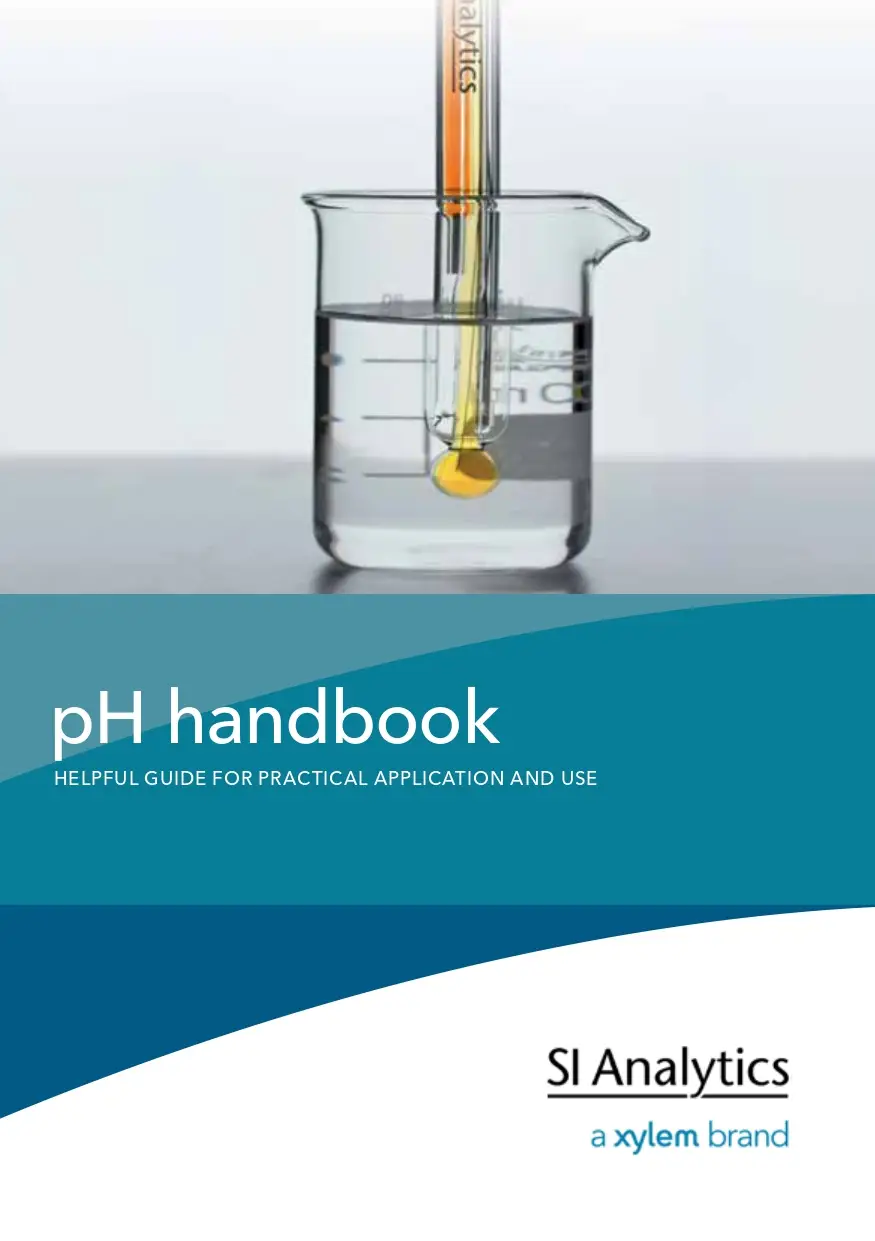
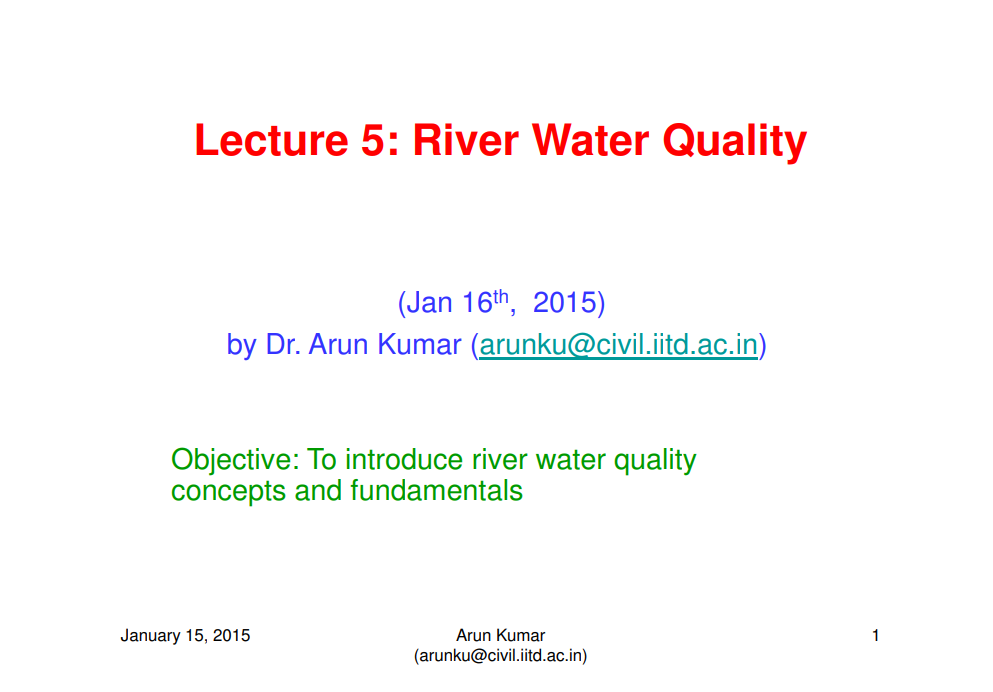

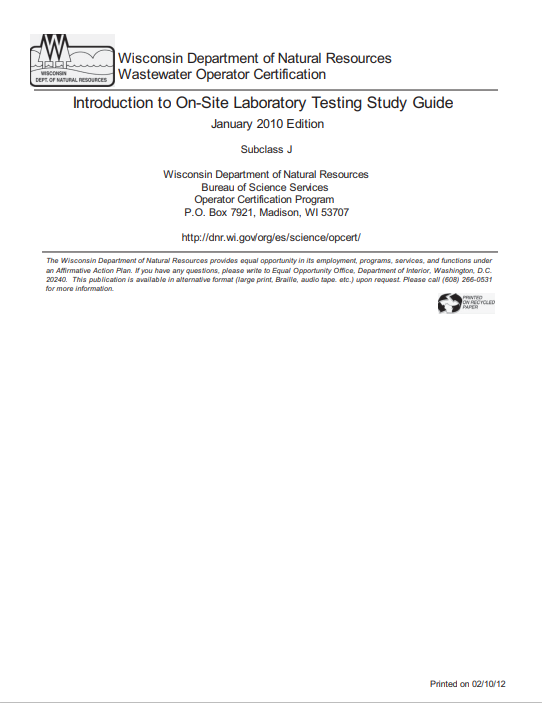
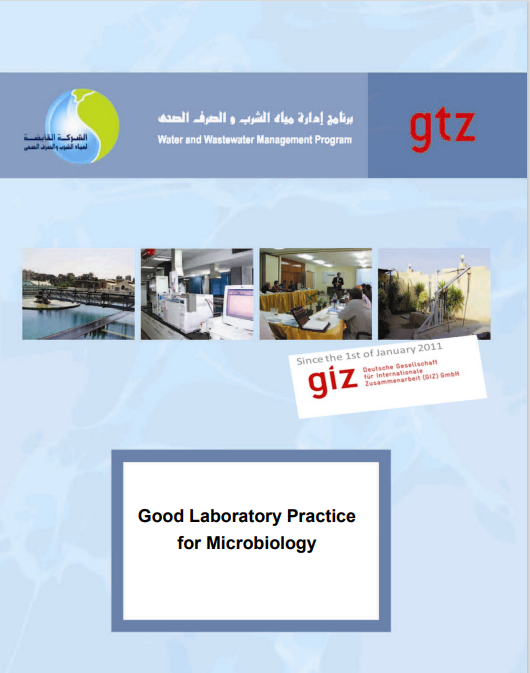
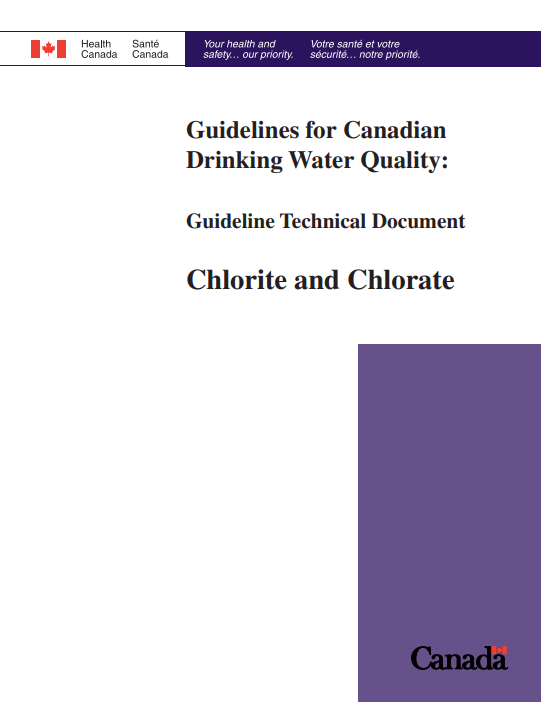
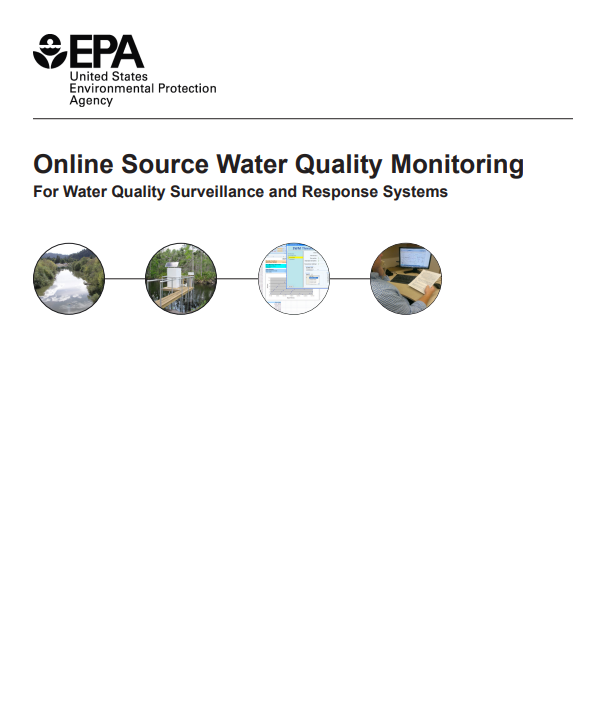
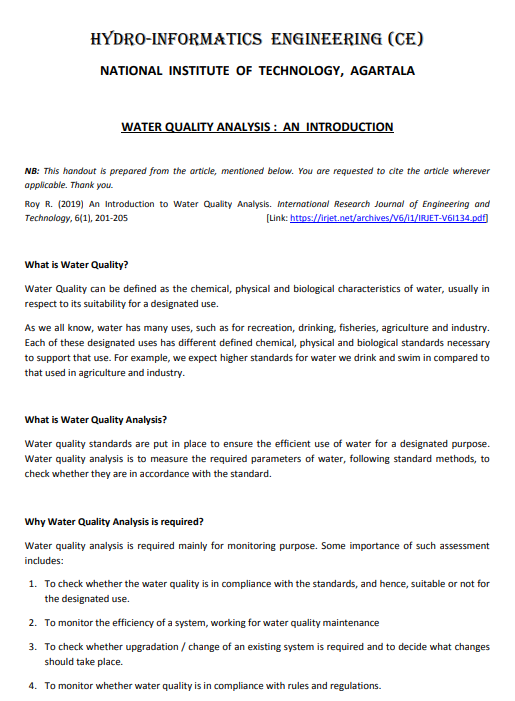
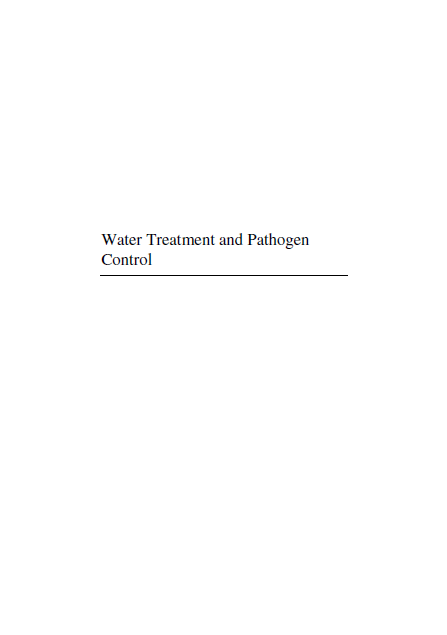
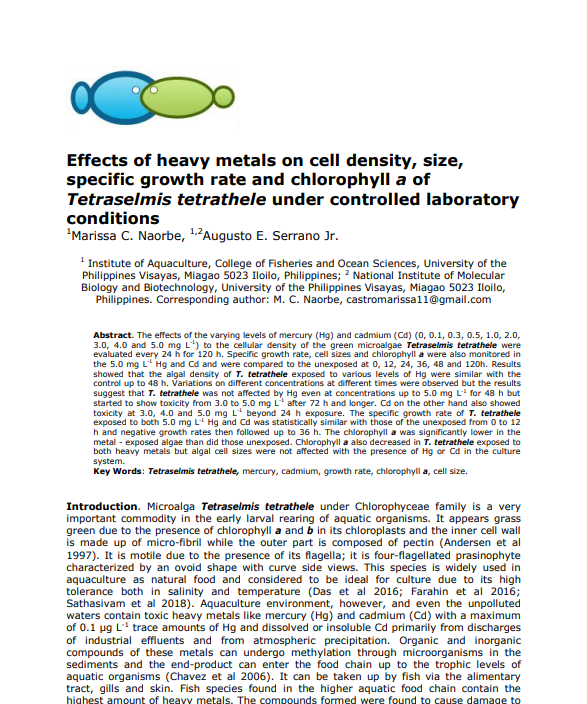
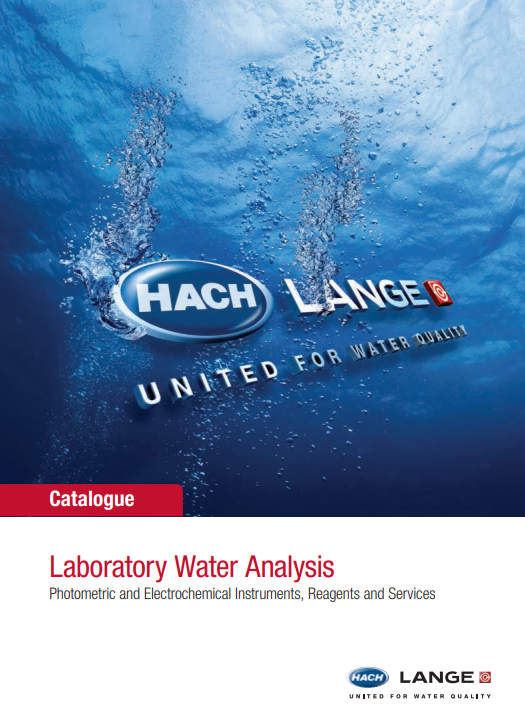
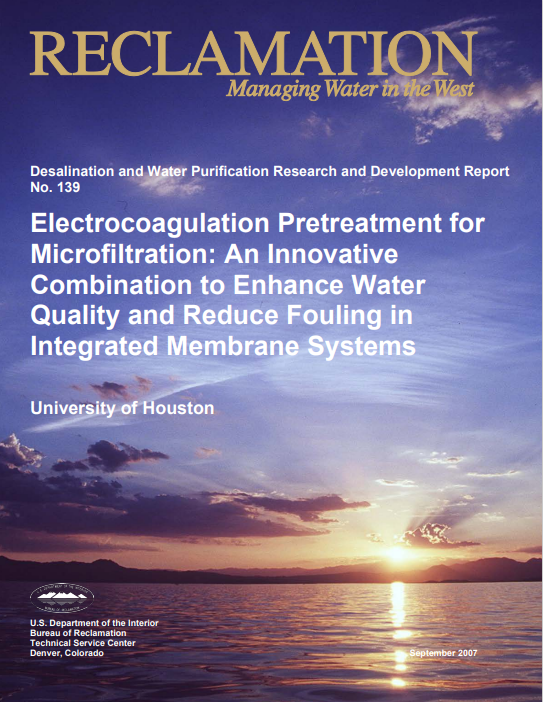
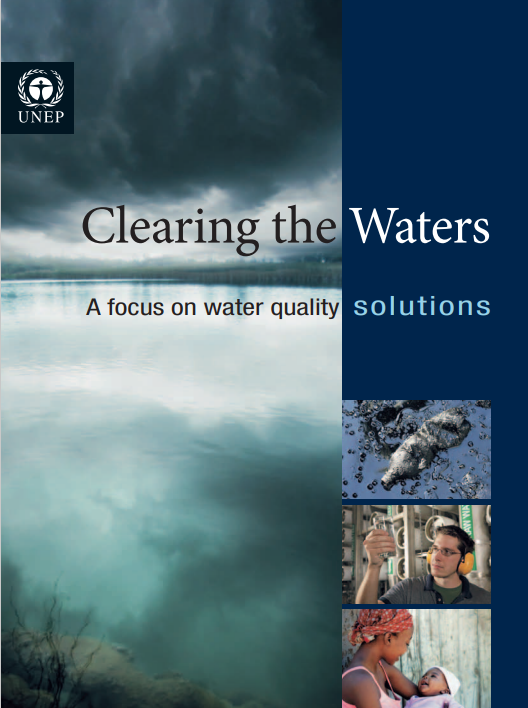
Reviews
There are no reviews yet.